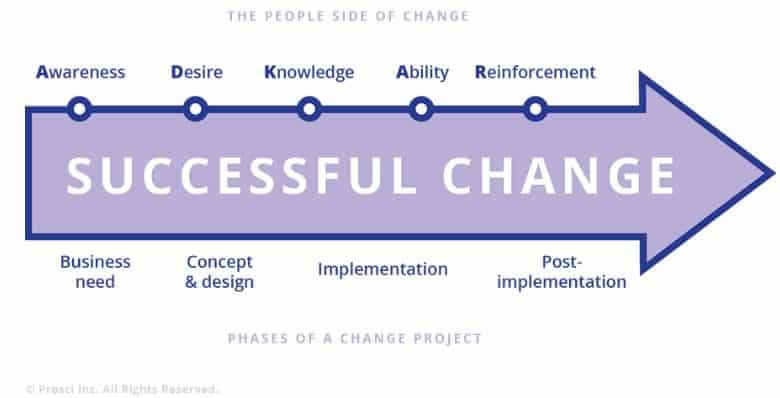
Writing the blog on Managing
people in the global context was great experiential learning process. The
subject itself was interesting, engaging and gave new insights into the process
of Human Resources Management in a Global Scenario.
The dynamism, complexities
and challenges of managing people at work were understood indepth through the
process of research, from numerous sources such as journals from professional
bodies such as CIPD (UK) and SHRM (USA) and other reading material expanded the
knowledge and appreciation of the HRM processes global the problems and trends
that are influencing the discipline of Human Resource Management at large in
local and global context.
Perhaps the challenge is managing
this single resource in any organization as opposed to other resource cannot be
underscore by many manager HR or Marketing. This is the rationale for shifting
or cascading HR to frontline managers so that they will be better gear to serve
their people at work.
HR it self is faced with numerous factors that influence
work, workforce and workplace add to this the global economic challenges, the
fierce competition, the global financial crisis and political volatilities of
nation states. On the other side of the coin is the problems of technological
advancements in every industry, science and research and development all of
which will influence and change work, workplace and workforce in the next
decade leading to unemployment, change into nature and type of jobs, careers
and professions.
There is today online legal advice, medical advice and less
mundane how to or do it yourself tips
and trick even to international cuisine to in a more dangerous situations on
how to Print a working model of your favorite automatic firearm, the perils of
modern technology development.
In the positive side the learning
outcome and experience was amazing in the one particular area that improved is
the writing skills in the last three months or so. Others are critical thinking
and reflective learning are experience that will have a life time influence.
The opportunity to build networks learn from diverse and multi skilled teams as
with new colleagues in the class and the exposure to subjects such as
leadership and strategy is important for the career.



